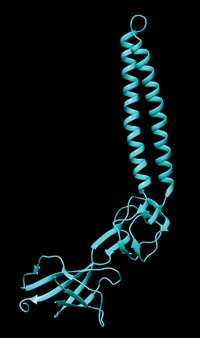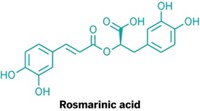Advertisement
Grab your lab coat. Let's get started
Welcome!
Welcome!
Create an account below to get 6 C&EN articles per month, receive newsletters and more - all free.
It seems this is your first time logging in online. Please enter the following information to continue.
As an ACS member you automatically get access to this site. All we need is few more details to create your reading experience.
Not you? Sign in with a different account.
Not you? Sign in with a different account.
ERROR 1
ERROR 1
ERROR 2
ERROR 2
ERROR 2
ERROR 2
ERROR 2
Password and Confirm password must match.
If you have an ACS member number, please enter it here so we can link this account to your membership. (optional)
ERROR 2
ACS values your privacy. By submitting your information, you are gaining access to C&EN and subscribing to our weekly newsletter. We use the information you provide to make your reading experience better, and we will never sell your data to third party members.
Biological Chemistry
Riboswitch controls bacterial migration
May 14, 2007
| A version of this story appeared in
Volume 85, Issue 20
Chemotactic bacteria can be reprogrammed to respond to particular small molecules and thus navigate their surroundings, according to a report by Justin P. Gallivan and Shana Topp of Emory University (J. Am. Chem. Soc., DOI: 10.1021/ja0692480). Such bacteria could be used in bioremediation and drug delivery, they say. The researchers controlled the chemical-induced movement of the bacteria, or chemotaxis, by adding a theophylline-binding riboswitch to Escherichia coli that controls the expression of a key protein called CheZ. This protein is needed for the bacterium's flagellar motor to rotate properly; without it, the bacterium can't swim smoothly. In the reprogrammed cells, CheZ is produced only when the riboswitch binds theophylline. The riboswitch is specific enough that it doesn't bind caffeine, which is structurally similar to theophylline. The bacteria migrate as a function of theophylline concentration, heading toward areas of higher concentration. Even in the presence of natural bacterial chemoattractants, such as aspartate, the reprogrammed cells respond to aspartate only if theophylline also is present.





Join the conversation
Contact the reporter
Submit a Letter to the Editor for publication
Engage with us on Twitter